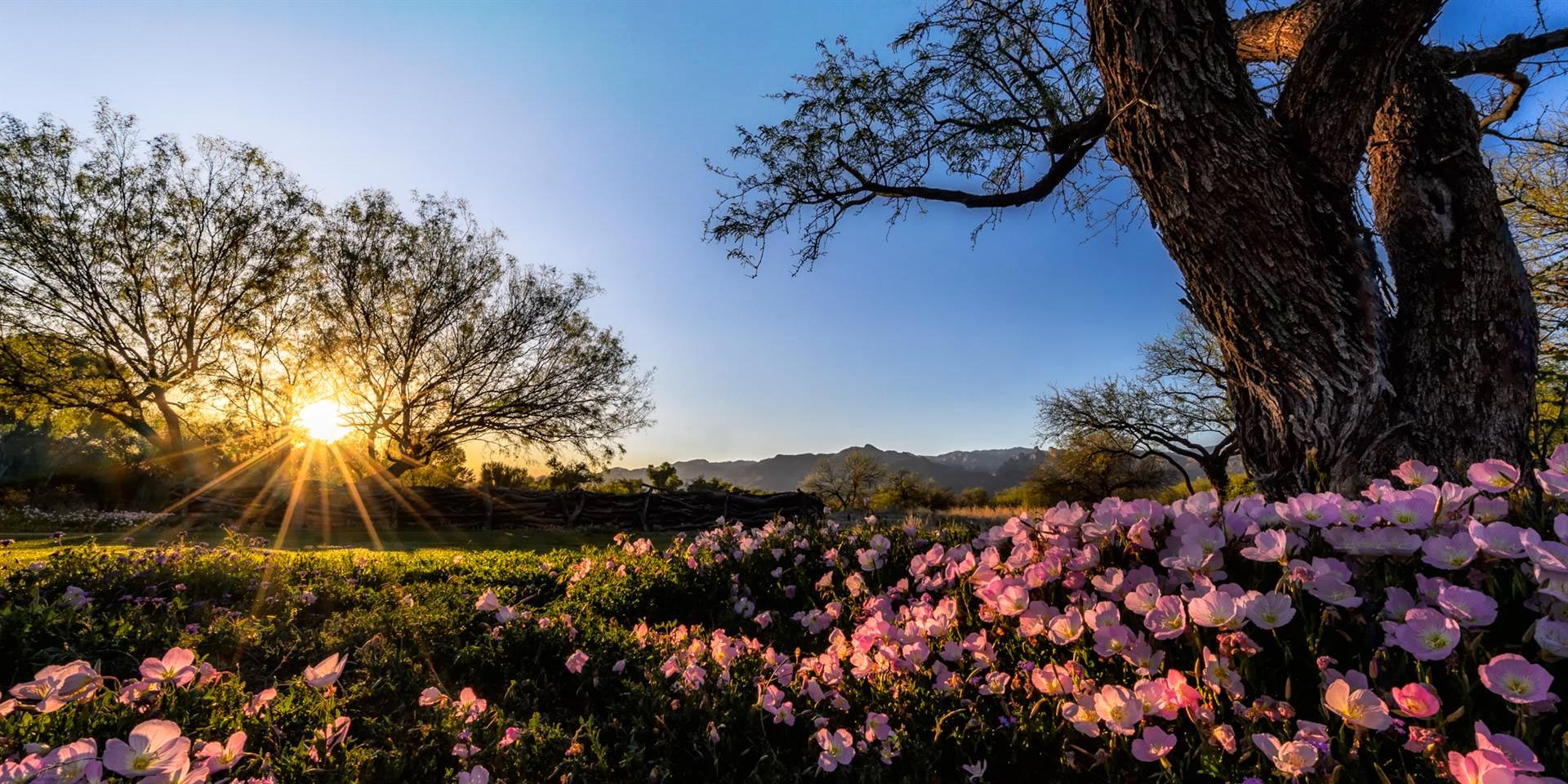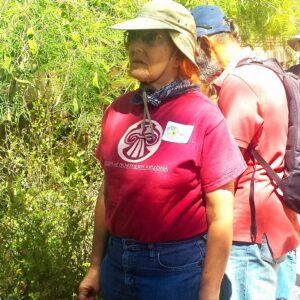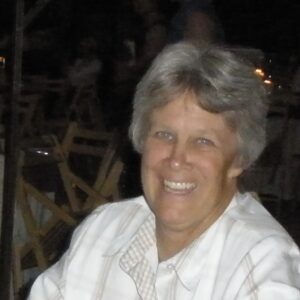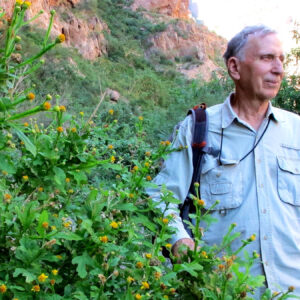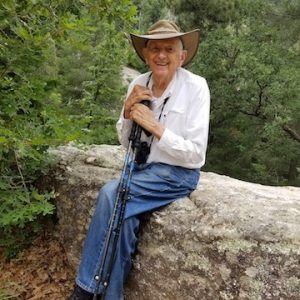In Memoriam
In memory of those members who have passed away.
- Remembering Ellen Dorn (1950 – 2023)Ellen Dorn, a longtime member and supporter of the Arizona Native Plant Society, passed away unexpectedly on January 4, 2023, in Tucson, Arizona. Born in Philadelphia, she graduated from Lower Merion High School in Ardmore, Pennsylvania (1968) and earned a BA degree from Temple University (1980), and Masters degree in classical Persian literature from the University of Washington, and did significant work towards a Masters degree in classical Chinese literature. Ellen eventually moved west and… Read more: Remembering Ellen Dorn (1950 – 2023)
- Remembering Pam McMilliePhoenix Chapter VP, Pam McMillie, passed away unexpectedly in September after experiencing health issues. Her loss has left us heartbroken and stunned. But, her giving spirit will live on through programs and activities she championed as a leader with AZNPS and other organizations.
- Remembering Nancy “Z” ZierenbergWe still feel the loss of one of our wonderful native plant warriors: Nancy “Z” Zierenberg. We reprint below the article from the Plant Press, Summer 2011, written by Greta Anderson.
- Richard Stephen Felger (1934-2020)The world lost a great desert botanist, a prolific researcher and a generous human being when Richard Felger passed away in late October 2020, at his home in Silver City, New Mexico, at the age of 86.
- Frank S. Rose (1927 -2020)Long-time AZNPS member and Tucson botanist Frank S. Rose passed away on October 15, 2020 at his home in Tucson, surrounded by his family.

